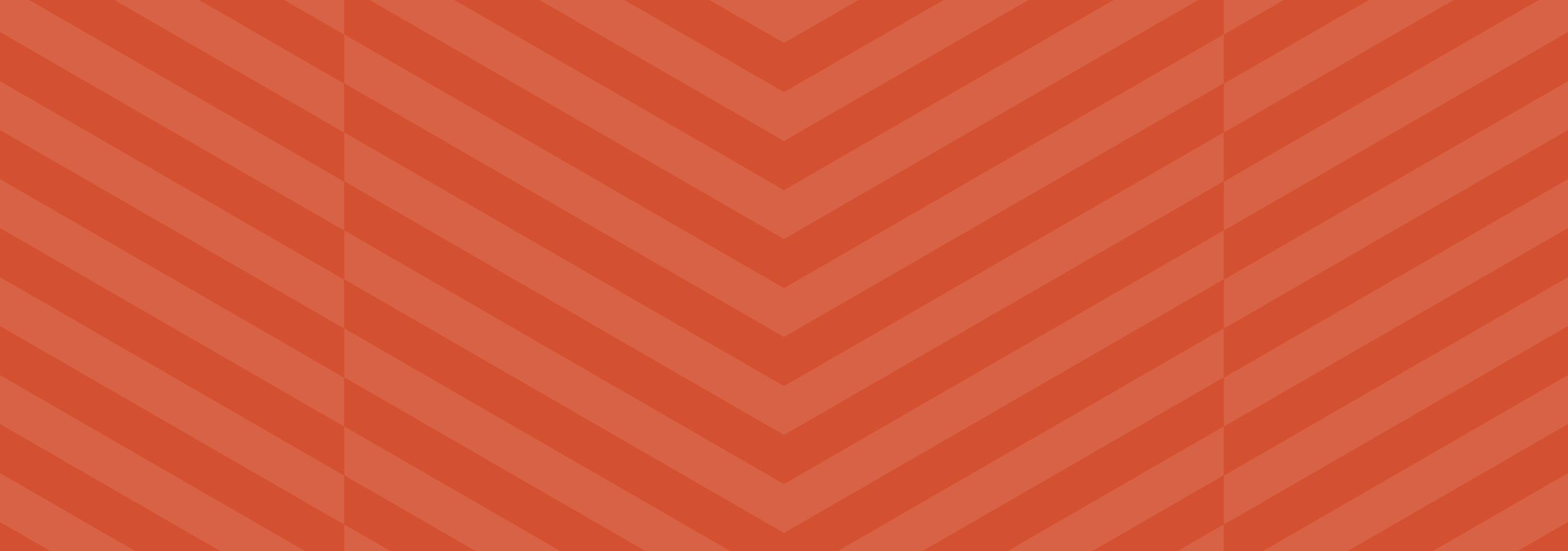Happy 92nd Birthday to scientist and educator Dr. Jewel Plummer Cobb!
As a ground-breaking researcher, distinguished professor, and top university administrator, Jewel Plummer Cobb has forever changed the face of the scientific community. Not only has her research advanced our understanding of the skin cells that produce melanin and how those cells become cancerous, but she has also led the way for equal access to education and professional opportunities for women and minorities. Despite personal challenges stemming from racism and sexism, she was committed to using her success to encourage women and minorities to enter the fields of science, mathematics, and engineering.
Cobb’s family was steeped in the medical profession. Her grandfather, a freed slave, had graduated from Howard College in 1898 with a degree in pharmacy and her father was a physician. The third generation of medical professionals, Cobb was born in Chicago, the daughter of Frank Plummer and Carriebel Cole Plummer, a schoolteacher. Though forced by segregation to attend less academically rigorous public schools, Cobb determined early on that she would not be deterred. She became interested in biology when she first examined cells through a microscope in high school.
Cobb first attended the University of Michigan, but left the school because of its lingering culture of discrimination, ultimately earning her B.A. in Biology from traditionally black Talladega College in Alabama. She then applied for a teaching fellowship at New York University but was rejected because of her race. She personally visited the school to present her credentials and was ultimately accepted to the position. She began teaching at NYU in 1945 and received her M.S. in cell physiology in 1947 and Ph.D. in 1950.
Upon her graduation, Cobb began working in the field of cancer research, becoming a fellow at the National Cancer Institute. From 1952 to 1954, she directed the Tissue Culture Laboratory at the University of Illinois, then went on to teach and conduct research at New York University, Hunter College, and Sarah Lawrence College. Cobb began researching the effects of chemotherapy drugs on human cells infected with cancer. Primarily concerned with melanoma, a type of skin cancer, her research included skin pigment cells and focused specifically on melanin, which gives skin its pigmentation. Her findings continue to be useful to scientists as they work to create new and more effective cancer-fighting tools.
In 1967, she moved to Connecticut where she was appointed Dean and Professor of Zoology at Connecticut College in New London. Along with her continued research, she also began to institute and fund model programs to encourage and retain women and underrepresented minorities who sought to enter traditionally white male-dominated fields. When she left Connecticut College in 1975 to become Dean at Douglass College, the women’s division within Rutgers University, she continued her work to improve the access of women and minorities to science and mathematics fields. Though the college already had a strong presence of women mathematicians and chemistry professors, Cobb worked to attract more women to the sciences with new programs. In 1979, she published “Filters for Women in Science,” an article in which she exposed how educational systems and other “filters” discouraged women from careers in science and math, which ultimately affected their university tenure and equal pay.
Cobb was appointed President of California State University at Fullerton in 1981. During her tenure at CSUF she obtained state funds to construct new science and engineering buildings and found funding to build the university’s first apartment complex, thus ending Fullerton’s status as a commuter college. Perhaps even more importantly, Cobb developed a president’s opportunity program for minority students and set up faculty teams to tutor students in mathematics in an attempt to boost their achievement in college courses.
Cobb retired from Fullerton in 1991. In addition to serving on many boards of trustees, she is the recipient of more than twenty honorary degrees. In 1993, she received a Lifetime Achievement Award from the National Academy of Science. The Center for Excellence selected her to receive the Achievement in Excellence Award in 1999 and, in 2001, she was the first recipient of the Reginald Wilson Award for significant and noteworthy accomplishments in the area of diversity in higher education.
Throughout her career, Jewel Plummer Cobb worked tirelessly to promote opportunities for young women and minorities to enter the sciences and other traditionally white male-dominated fields. When public funds ran dry, she turned to private sources and never veered from her belief that education was the key to a life of success and independence.
Source: http://www.cwhf.org/inductees/science-health/jewel-plummer-cobb/#.VpwAYBUrKM9




